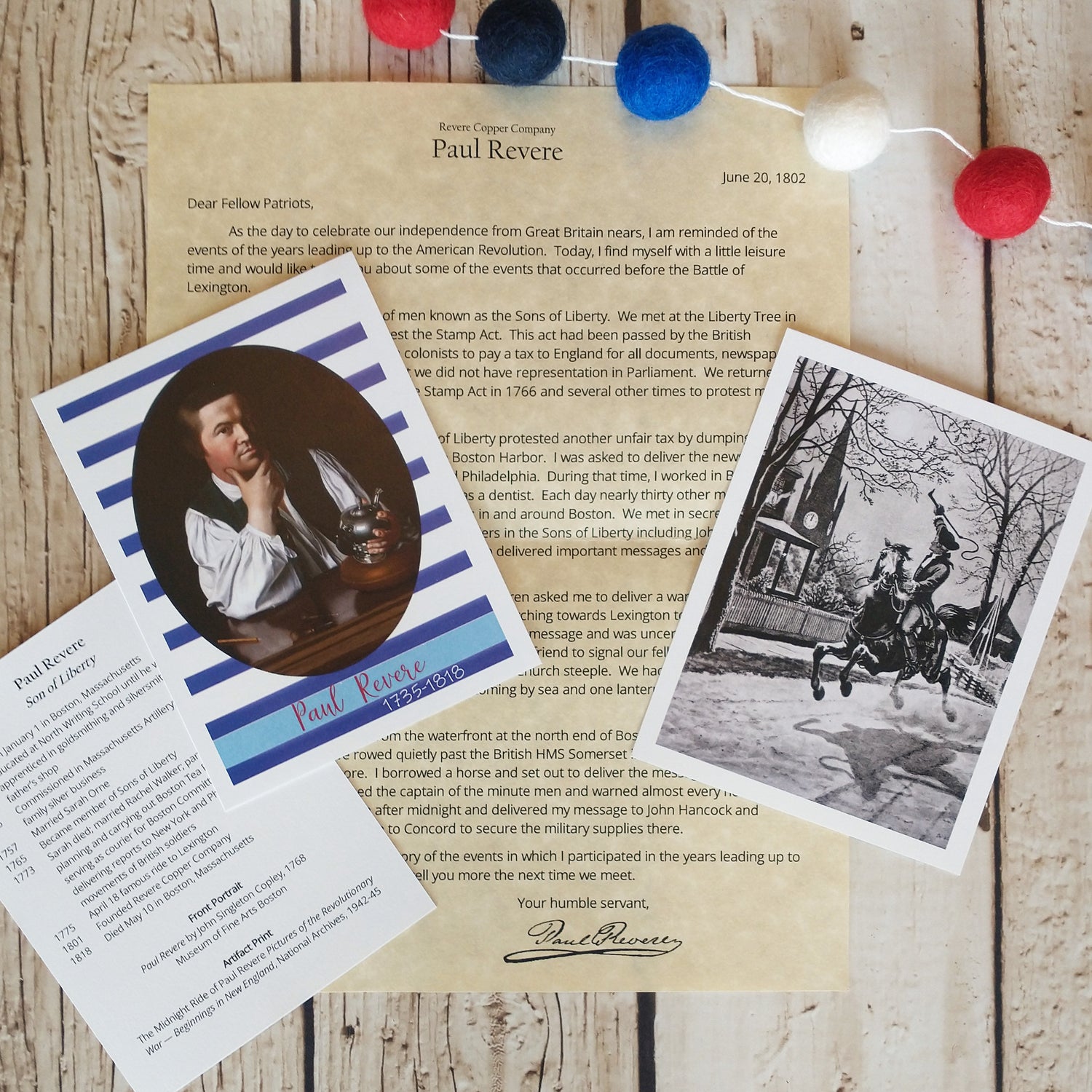Anna Botsford Comstock Lesson Plans
Share
Are you ready to learn all about Anna Botsford Comstock and the joy of nature journaling?
Comstock’s book the Handbook of Nature Study has been considered the Nature Bible for many teachers since it’s publication in 1911. Comstock did amazing work with the teachers of New York in the late 1800s and early 1900s developing a program to help teachers create a rich learning environment for their students to learn about nature by personal observation and experience. Her Handbook of Nature Study is a beautifully written guide to help teachers and parents nurture a love of nature in children and themselves.
If you’d like a fun introduction to Comstock’s life that will be engaging and authentic, you can grab our Anna Botsford Comstock Letter here. It’s full of direct quotes, facts about her life, and even a nature study prompt. You can get the snail mail letter here or the instant digital download version here.

To help you learn more about Anna Botsford Comstock, we’ve developed a week of free lesson plans as well as some activities for your use. It’s all included in our free downloads here!
For All Ages
Video
Anna Botsford Comstock: scientific illustrator, naturalist, and leader by Cornell professor Carol Anelli
Podcast
I found two great podcasts for parents and teachers to help you understand more about the value of nature study and give practical tips for incorporating it into your classroom or home.
A Delectable Education
Episode 20: Nature Study
Your Morning Basket
#11 All about Nature Study: A Conversation with Cindy West

Books
Out of School and Into Nature: The Anna Comstock Story by Suzanne Slade, illustrated by Jessica Lanan
A beautifully written and illustrated picture book about Anna Comstock.
Handbook of Nature Study by Anna Botsford Comstock
Comstock’s complete “Nature Bible”, full of information about various animals, insects, birds, flowers, trees, and more. This is a wonderful help to any adult wishing to help guide children in observing and developing a passion for nature. I waited TOO long to buy this book and I’m so glad it’s in our home library now!
The Comstocks of Cornell by Anna Botsford Comstock, edited by Karen Penders St. Claire
I fell in love with Comstock’s through reading parts of her autobiography. Her voice and way of describing the people she loved is refreshing and engaging. If you’re looking for a biography to add to your Mother Culture book stack, look no further! Also, it’s a tad pricy, but I was able to find it on Hoopla via my library.
Living Book Press has re-packaged Comstock’s Handbook into a collection of shorter books labeled The Handbook of Nature Study in Color. These shorter volumes are much handier for taking into the field and they have also added full color photos to help in identification. You can find them all on their website, Living Books Press, or via the following Amazon links:
Trees and Garden Flowers. Fish, Reptiles, Amphibians, Invertebrates, Insects, Birds, Introduction, Mammals and Flowerless Plants, Wildflowers, Weeds, and Cultivated Crops, Earth and Sky
Additionally, Hearthroom Press has worked to republish Comstock’s Nature Notebook Series. They are lovely way to record nature finds in the various areas. You can find them on their website, Hearthroom Press, or via the following Amazon links:
Notes on Composite Flowers, Notes on Common Animals, Notes on Birds Book No. 1, Notes on Birds Book No. 2, Notes on Fishes, Notes on Trees, Notes on Insects, Notes on Plants and Flowers

One Week with Anna Botsford Comstock
Day 1: Hello Anna!
- Read the Heritage Letter from Anna Botsford Comstocok
- Watch Anna Botsford Comstock: scientific illustrator, naturalist, and leader by Cornell professor Carol Anelli
Day 2: Into Nature
- Read Out of School and Into Nature: The Anna Comstock Story by Suzanne Slade, illustrated by Jessica Lanan
- Go for a short walk outside and observe the nature you see, casually talking about the birds, trees, flowers, etc. you see. What types of nature are readily visible in your area? What types of nature peak your children’s interest the most?
Day 3: Nature Walk
- Head outside for another nature walk, this time keeping in mind the things that peaked your children’s interest yesterday. Help each child to find one item that they want to study for a bit. Guide them through some basic questions about the animal or plant life to help them take their observations a bit further.
Day 4: Nature Walk Again
- Head outside for another nature walk, this time keeping in mind the things that peaked your children’s interest on Day 2. Help each child to find a different item than they did last time to study for a bit. See what observations they can tell you about the item, then guide them through some basic questions about the animal or plant life to help them take their observations a bit further if needed.
Day 5: Nature Journal
- Back out into nature again today! This time find one item that you’d like to journal about on paper. This can be a blank piece of white paper, a nature journal if you have one, or we’ve included a short, starter journal in our free downloads here. Make a drawing of the animal or plant life, write the name of it on the paper and any notes you’d like.
Bonus:
Anna Comstock was a strong proponent of nature journaling to help students get the most out of their nature studies. If you’d like to learn more nature journaling, John Muir Laws has excellent books on nature journaling and teaching nature journaling as well as a complete YouTube playlist of nature journaling instructional videos entitled:
The Nature Journal Connection
The Laws Guide to Nature Drawing and Journaling
How to Teach Nature Journaling: Curiosity, Wonder, Attention
As an Amazon Associate I earn from qualifying purchases.

